We’ve been playing them since forever. But did we ever stop to wonder where they came from and what purpose they served? Let’s be honest, probably not. That’s why this SEEbtm issue delves into this subject.
Most tabletop games come from Asia, and they were created as an additional incentive to study and develop military strategy; some were aimed at promoting religion, making mathematics and astronomy more accessible, helping to distinguish between good and bad,
as well as supporting protests.
Today, there are more than 60,000 different tabletop games in the world. For some, the primary purpose is socializing and having fun, for others, it’s winning, but one thing is certain – they are a great way of connecting those who take part. The oldest tabletop game in the
world are dice – the basic element of most of today’s tabletop games – made of stone, bone, or colored wooden sticks, and this was the very beginning of the history of games. And the game consisted only of throwing them. The winner was the one who, at the given moment, throws the highest number.
Asia as the birthplace of tabletop games
The Royal Game of Ur, also known as the Game of Twenty Squares, was found on the territory of today’s Iraq. The game is about 5,000 years old and is one of the first board
games. This game inspired Tavla (backgammon), which was also played in Persia, Ancient Rome, Asia, and Middle Ages. The rules are as follows: two players roll dice and move 15
pieces across 24 triangles (12 on both sides) according to what they got. The pieces are moved over the opponent to the other end of the board according to the numbers shown on the dice, and if you get the same numbers, you roll the dice again. The objective is to remove all of the players’ pieces from the board.
In contrast to the Royal Game of Ur, which was available also to ordinary people, in Egypt, such games were primarily intended to be played by pharaohs only. Senet is one of ancient Egyptian games that is found on many illustrations found in pharaohs’ tombs. About 1,550 BC, this game became a sort of talisman for the afterlife, because it was believed that successful players were under the protection of gods. Due to this belief and great popularity among rulers, this game started to become widespread also among the people.
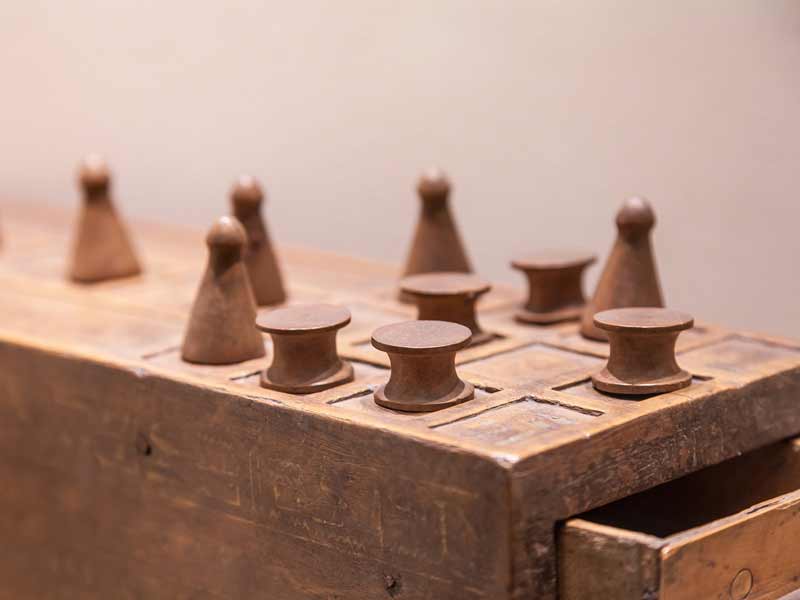
One of the games we know best – chess – originated in India, during the Gupta Empire, 1,500 years ago, and his then name – chaturanga – meant “four military units” – infantry,
cavalry, elephants, and rickshaws. As time passed and the military’s composition started to
change, these units today include pawns, knights, bishops, and rooks. For Hindus, chess was a tool for studying military strategy, gambling, mathematics, and astronomy. The term “chess” started to be used in Persia in the attack on the opponent king and it translates to
“king,” and the end of the game – check mate – means “the king is helpless.” After conquering the Iranian Plateau, the Arabs brought chess to Europe, where it got its modern form, as we know it today.
India is the birthplace of another game that is still played today, Chutes and Ladders, originally known by the name of Vaikuntapaali or Leela. It was conceived as a game teaching of sin and virtues – climbing the ladders was the significance of good deeds on the path to enlightenment, and the chutes showed how sin inflicts harm on the sinner. The end of the game meant reaching nirvana. Only when it came to America it got its current version as a fun children’s game. The Indian game Pachisi is India’s national game and one of the first to be adapted to the western market.
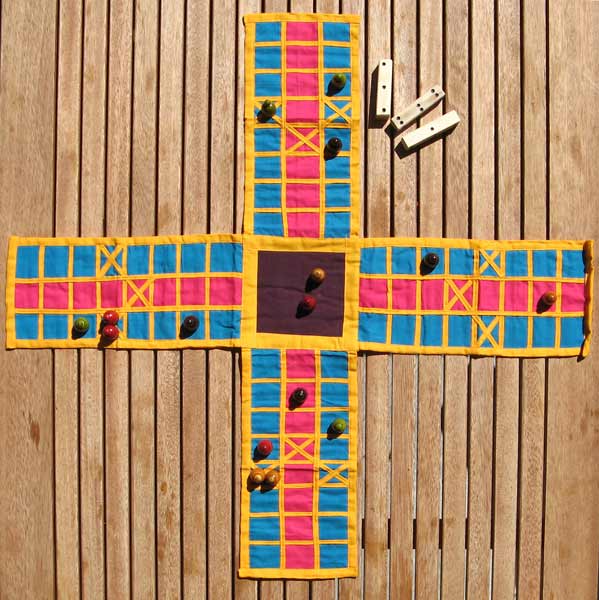
Indian rulers raised this game to a higher level – the courtyard of a palace in the town of Fatehpur Sikri was actually a large board, where 16 slaves dressed in different colors moved instead of pieces. Pachisi is intended for two to
four players, and each player gets four pieces. The player throws six shells of sea snails, and the piece moves by as many fields as the shells fall with the opening upside. If only one falls like this, you get ten moves, and if all the openings are down, you get 25. The board’s center – charkoni – represents the starting point and the ending point of the game. The player who first moves around the entire board counterclockwise and gets to the finish with all his/her pieces wins. Because of the similar rules, many people compare this game with the game
Sorry!. The game of Weiqi was invented by the Chinese Emperor Yao to enlighten his son. From China, this game came to Japan under its present name – Go. In Japan it experienced its greatest development – in the 17th century three Go schools were developed, from which the first professional players came. The first European Go club was founded in Pula, and the first Serbian in Kragujevac in 1970. Kragujevac’s Radnicki is still today a leading one in Serbia. This game is proven to increase spatial intelligence and planning abilities.
Mahjong is another game from ancient China, thought to have been conceived by Confucius, about 500 years BC. The main part of this game are the three dragons that are associated with three skills thought by Confucius – benevolence, honesty, and respect for family. In Japan, today there are more than seven million players and more than nine thousand salons
specialized for the game. To be successful in this game you need a good strategy and a lot of
calculations. Mahjong is a game for two to four players with a set of 144 tiles featuring
Chinese characters and symbols. Players split and throw the tiles 13 times, and on the 14th draw four melds (sets) and a pair (eye) is formed. The tiles can be simple – numbered, or honorable – winds and dragons. You can steal a tile from your opponent and win. Playing mahjong helps with cognitive memory problems and against dementia.
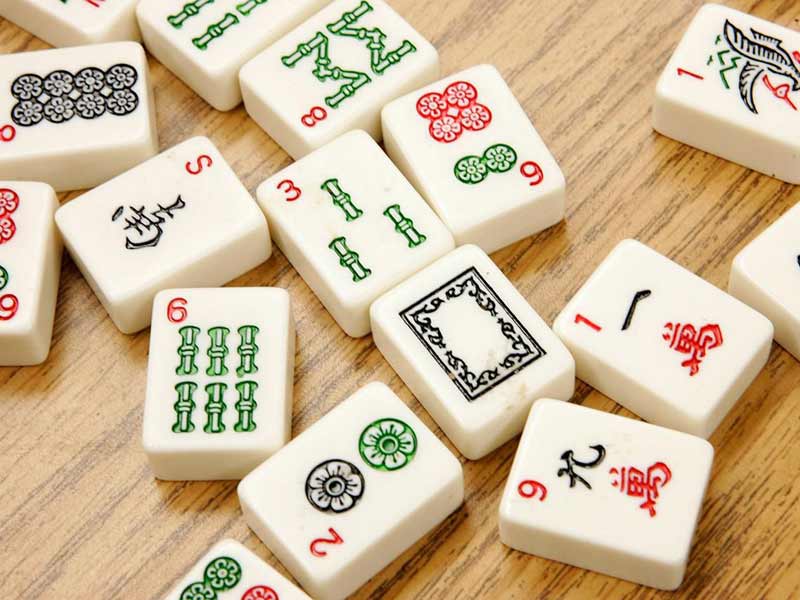
And from Europe…
The game of draughts was created in 1723 in France, and the first world championship took place in 1984. The French, Dutch, and Belgians even founded the World Draughts Federation. This game is played on a board with 100 fields, 50 black and 50 white. Each player has 20 pieces that move across the board diagonally towards the opponent. When the player’s piece comes to the opponent’s piece that has a free field behind it, the player skips it and captures it. All pieces start off as plain and become kings when they reach the field in the last row. The king consists of two regular pieces stacked atop one another and can move diagonally in all directions, by as many fields as the player wants. The objective is to capture all the opposing pieces, or to block their next move.
One of the most famous games of today, Risk, was invented by French producer Albert Lamorisse in 1957under a different name and later bought and published under its present name by Parker Brothers Co. in 1959. At the beginning of the game, each player pulls a card
from the deck on which the task is written. The board is actually the map of the world, so the second deck of cards contains names of countries that can be conquered. The objective is to complete the task from the first card, which is secret until the game ends.
Tabletop games in the US
As the pilgrims and puritans associated dice with the devil, the first tabletop game came to America only in 1822, and all American games from the beginning of the 19th century were thematically related to religion. Only at the end of that century the first game based on capitalism and materialism came to the American market.
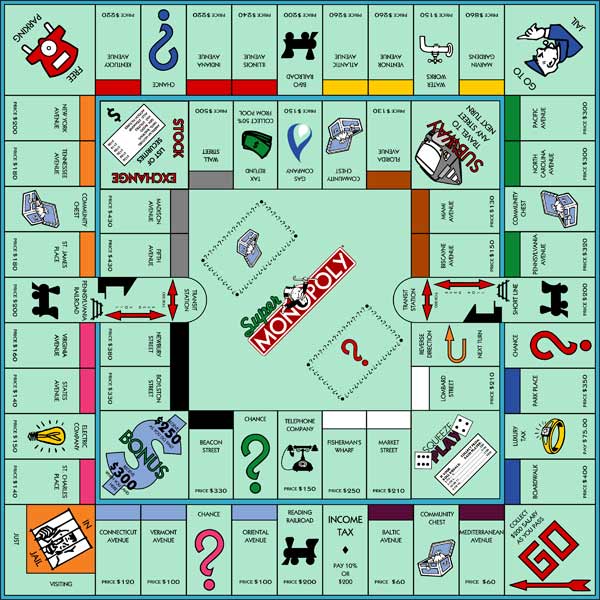 Monopoly was created in 1903, but it looked completely different from what it looks like today. The first version of this game was created as a protest against the taxes and monopoly system in the United States and a warning of the dangers of greed and promoted introducing higher taxes for the rich. In 1930, the game was sold to Parker Brothers Co. under today’s name – Monopoly. By 2015, Monopoly had been sold in more than a billion copies, making it the bestselling tabletop game of all time!
Monopoly was created in 1903, but it looked completely different from what it looks like today. The first version of this game was created as a protest against the taxes and monopoly system in the United States and a warning of the dangers of greed and promoted introducing higher taxes for the rich. In 1930, the game was sold to Parker Brothers Co. under today’s name – Monopoly. By 2015, Monopoly had been sold in more than a billion copies, making it the bestselling tabletop game of all time!
Another game that is very popular today was created in the US. Yahtzee was bought by 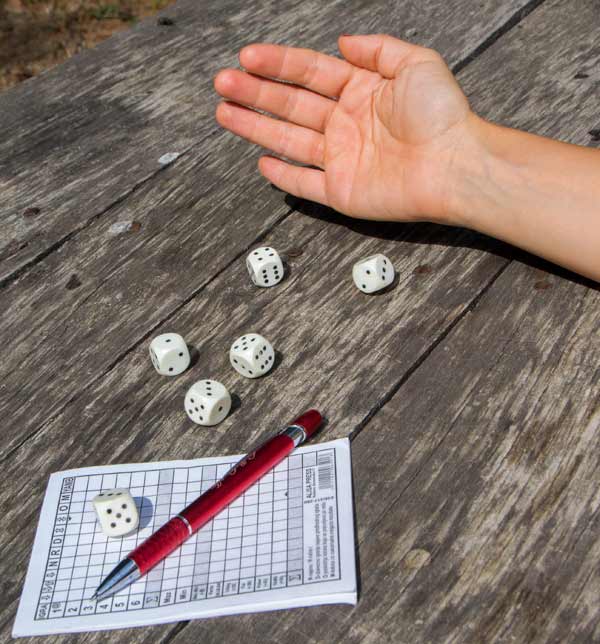 E.S. Lowe in the 1950s (one of his professions was the production of games) from an unknown Canadian couple who called the game “The Yacht Game” because they played it with their friends on their yacht. When Milton Bradley bought E.S. Lowe in 1973, it also inherited the right to manufacture and sell Yahtzee. Hasbro, the current owner of this game, claims that more than 50 million copies of Yahtzee are sold worldwide every year.
E.S. Lowe in the 1950s (one of his professions was the production of games) from an unknown Canadian couple who called the game “The Yacht Game” because they played it with their friends on their yacht. When Milton Bradley bought E.S. Lowe in 1973, it also inherited the right to manufacture and sell Yahtzee. Hasbro, the current owner of this game, claims that more than 50 million copies of Yahtzee are sold worldwide every year.
Play, it’s good for your health!
Tabletop games can be a good choice for Saturday night with family or friends – adjust your schedules, turn off your mobile phones, and play away. In addition to good fun, these games
also have positive effects on your health. Also, tabletop games can be a great choice for relaxing the mood and strengthening relationships among employees, or for involving and
breaking the ice among participants at a conference or seminar. Playing tabletop games is a source of good entertainment, as well as laughter, which increases the level of endorphins – the happiness hormone, which helps relax muscles and blood circulation, lowers blood
pressure, reduces stress, and strengthens the immune system.
Also, laughter and fun can increase the level of empathy and connectedness with the people we play with and strengthen family relationships. In addition to this benefit, tabletop games enhance memory at older age and reduce the risk of developing diseases like dementia
or Alzheimer’s. So, find some free time, get your favorite game out, or try a new one. And we recommend one that appeared only recently – Revolution.
DID YOU KNOW?
· The oldest dice were found in a tomb in Turkey and are more than 5000 years old.
· The first game intended for children was hopscotch, invented in the Roman Empire around
500 BC.
· At the beginning of the 1960s, the slogan for Yahtzee was “The fun game that makes
thinking fun!”
Nevena Ilic





















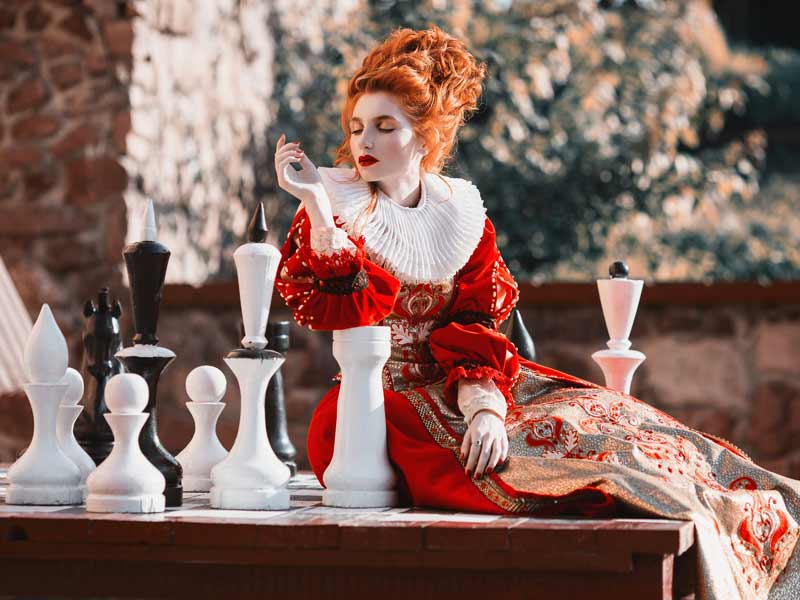

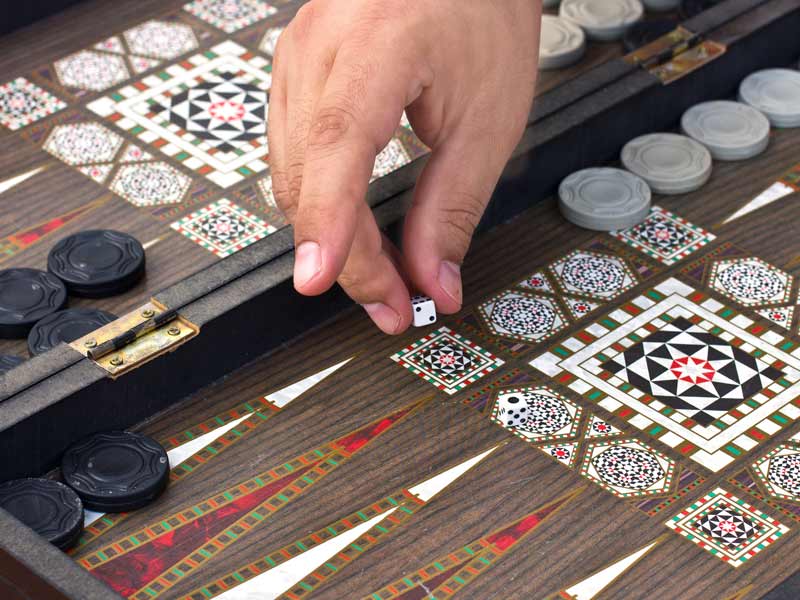
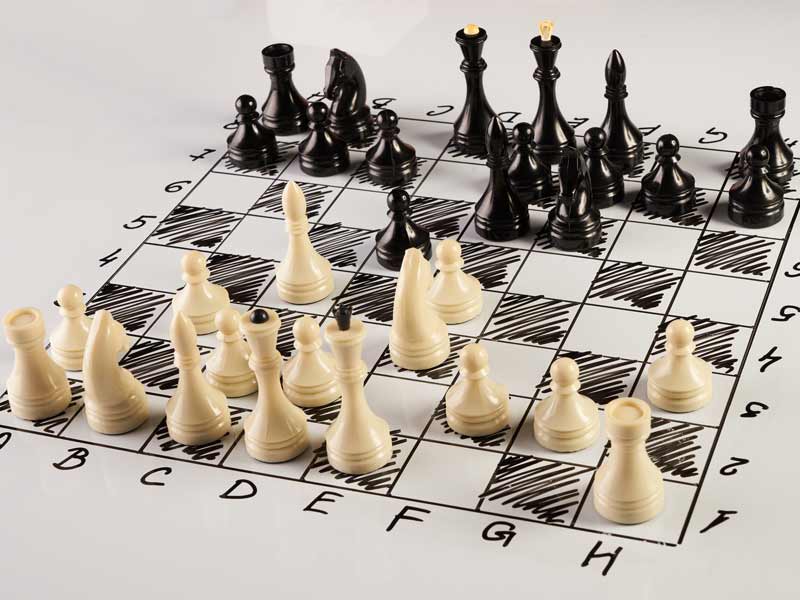
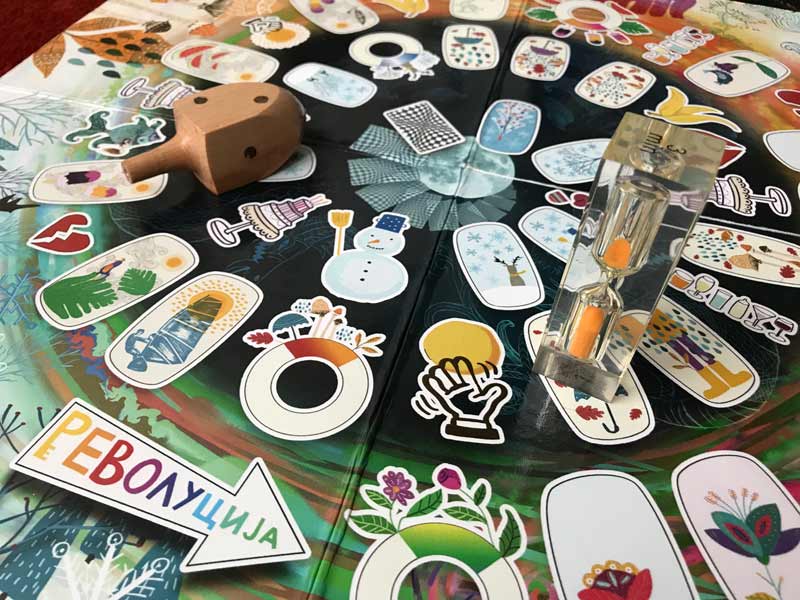













 Srpski
Srpski English
English